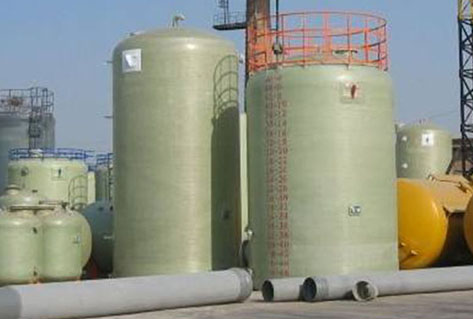





ABOUT US
關(guān)于我們

Transport fleet
運(yùn)輸車(chē)隊(duì)
PRODUCT
產(chǎn)品列表
NEWS
行業(yè)資訊
氨水的用途
聚合氯化鋁使用方法
聚丙烯酰胺使用方法


SERVICE
售后服務(wù)

檢查維護(hù)

電話(huà)咨詢(xún)

長(zhǎng)時(shí)在線(xiàn)

誠(chéng)信合作
CONTACT
聯(lián)系方式
